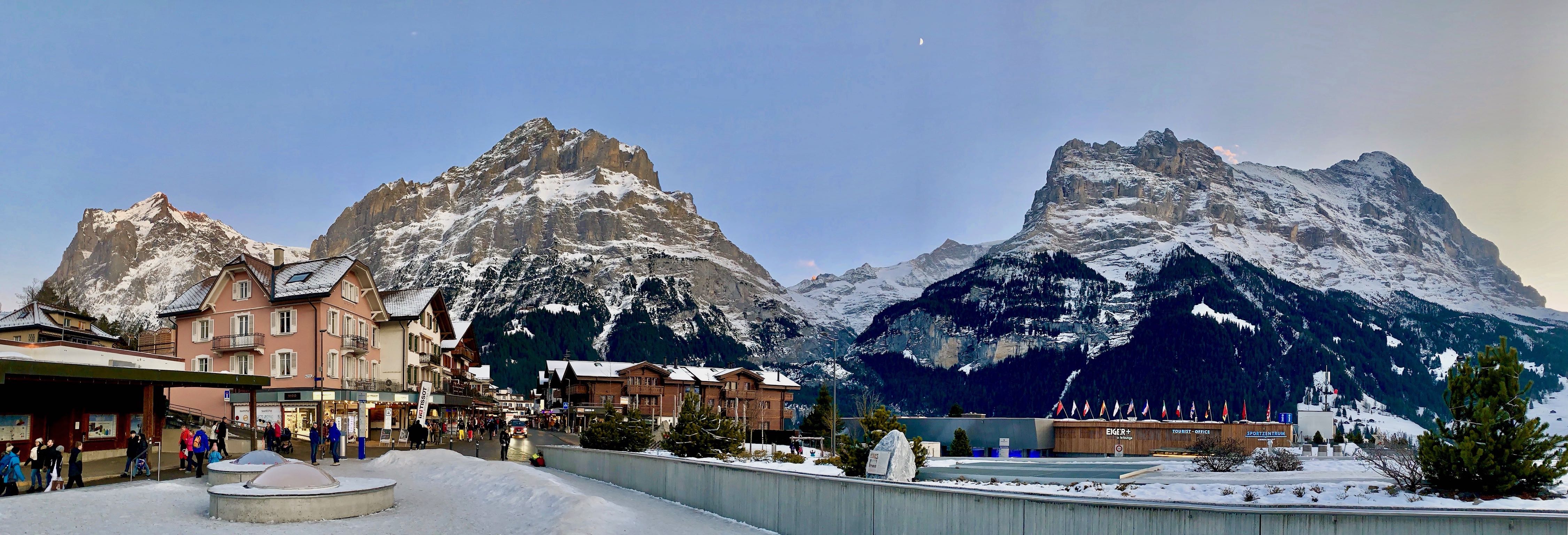There is no better way to experience half a continent than to race through it at lightning speed and squeeze as many destinations as possible into two and a half weeks. If you keep moving fast enough, you hardly have time to realize how exhausted you are, and you get to experience life changing moments like showing up for a 6am flight only to realize your passport is missing.
I was tasked somewhat unexpectedly with filling a stretch of time in Europe, which was surprisingly hard to curate on short notice, around the holidays ($$), and when there wasn’t really anywhere in Europe I was dying to see. So I did as any respectable young adult would, and created an itinerary based on the cheapest airfare and train tickets. Living in the heart of a major city, I don’t care much for spending significant time in other big cities; 2 or 3 days is more than sufficient, and it’s off to the next. Frankly I see it as efficient to do cities this way, but perhaps restless is just as fair.
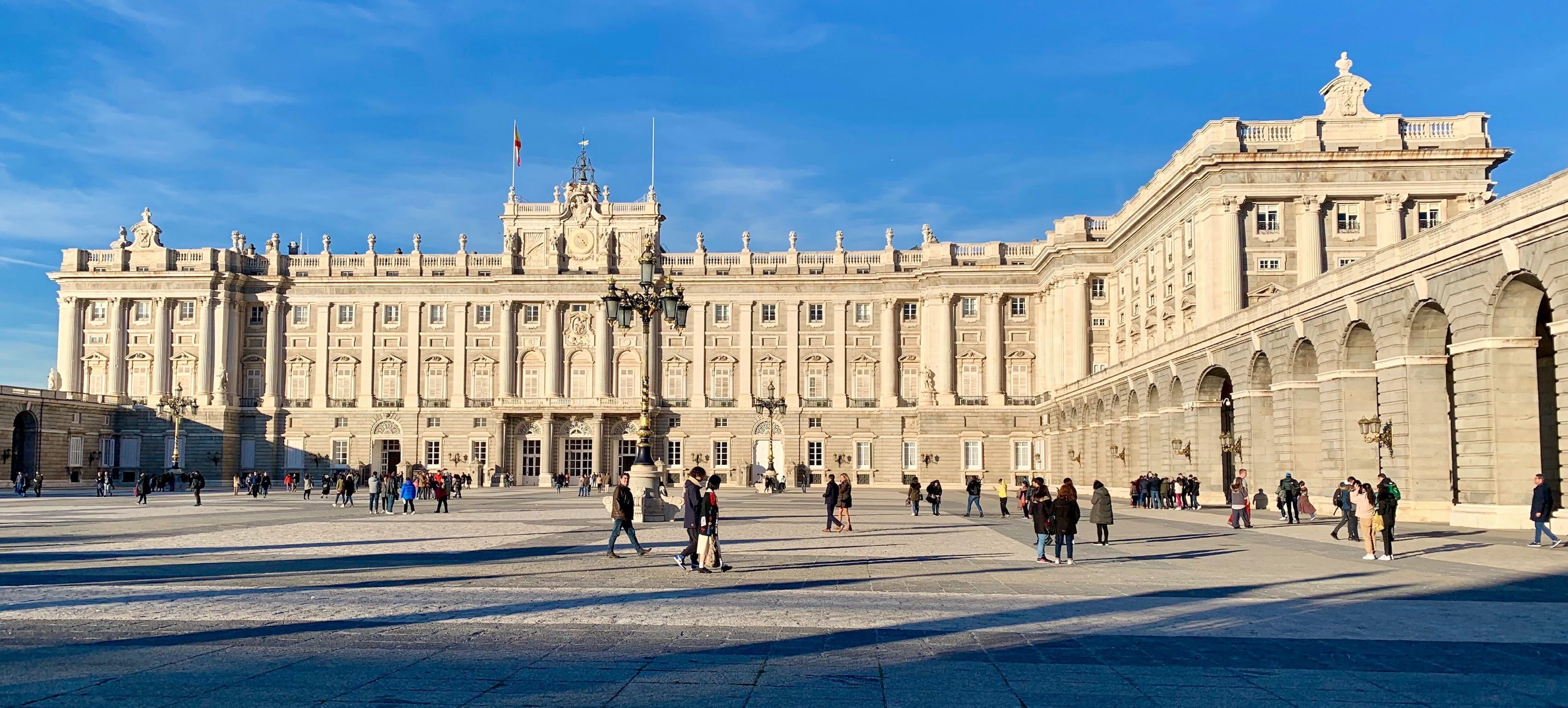
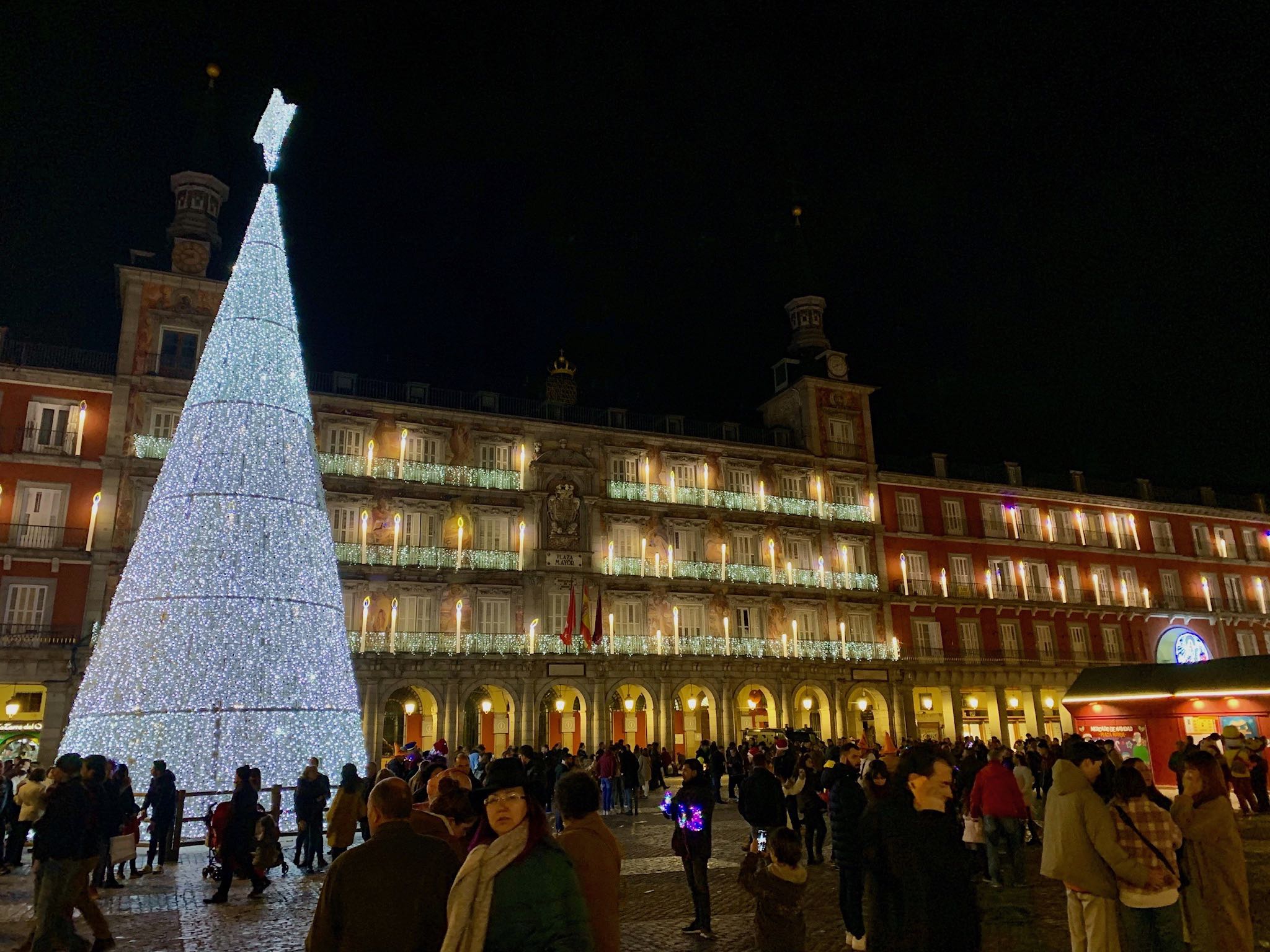
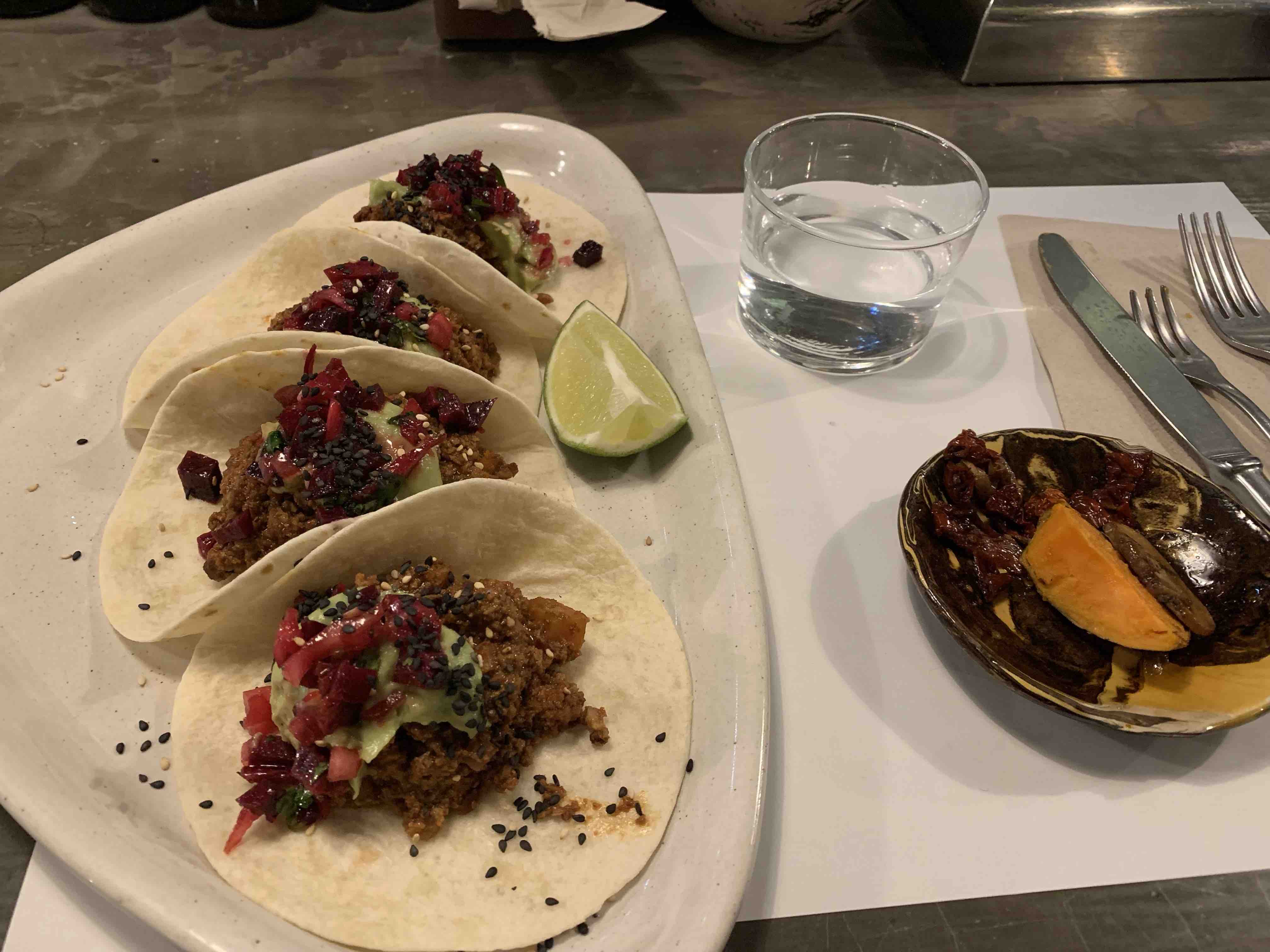
The initial objective was just to get to Europe. I didn’t care where, just wherever was cheapest. (Buying international flights 2 days prior to Christmas… not recommended.) In doing so, my gateway to mainland Europe was Madrid, Spain. Trusting my gut that I wouldn’t need much time here, I only spent my arrival day wandering the city before moving on to Barcelona. Truthfully, the best part of Madrid was leaving. Roast me for it, but all I found myself doing was wading through impenetrable crowds. Maybe it was extra congested with holiday travelers, but it was not for me, especially with a massive backpack to carry around.
I first filled my < 24 hours with a free walking tour. As you’ll see, I do this for most stops - they really are the best way to quickly tap into a new city, meet people, and get local tips for the best places to visit. Beyond that, I toured many of Madrid’s McDonald’s (don’t knock it - they’ve got cheap food, wifi, and restrooms.), walked through El Retiro Park with a walking tour friend (perhaps the highlight), ate churros, went for vegan tapas, and waited for my overnight bus to Barcelona. Yep that’s right, after a sleepless overnight flight, and full day’s exploring, I actively chose to skip another night of sleep to get out of there as soon as possible. I did say this was restless, didn’t I?
Transit wise, I used the extremely-easy-to-navigate Metro. Getting into the city from the airport was easy; take line 8 to the end, and transfer accordingly to get to any part of the city. Transferring to line 10 will take you to the heart of the city. If you plan to use the metro frequently, purchasing a tourist ticket is a great deal as it allows you unlimited use within specified zones.
Nearly all of my long-haul transportation was booked through the Omio app which searches for trains, buses and flights across Europe, allows you to find the fastest and cheapest routes, and book/maintain your tickets all in one place. The eight hour bus ride operated by ALSA departed from the Avenida de América Station (a bit rough around the edges but there are restrooms and a few food vendors), and arrived at the Barcelona-Sants station the next morning. With no restrooms on board, there were several stops en route at rest stops which also afforded the opportunity to purchase snacks - very different from American bus rides. Did I sleep at all? Hardly. Did I regret it? Absolutely!
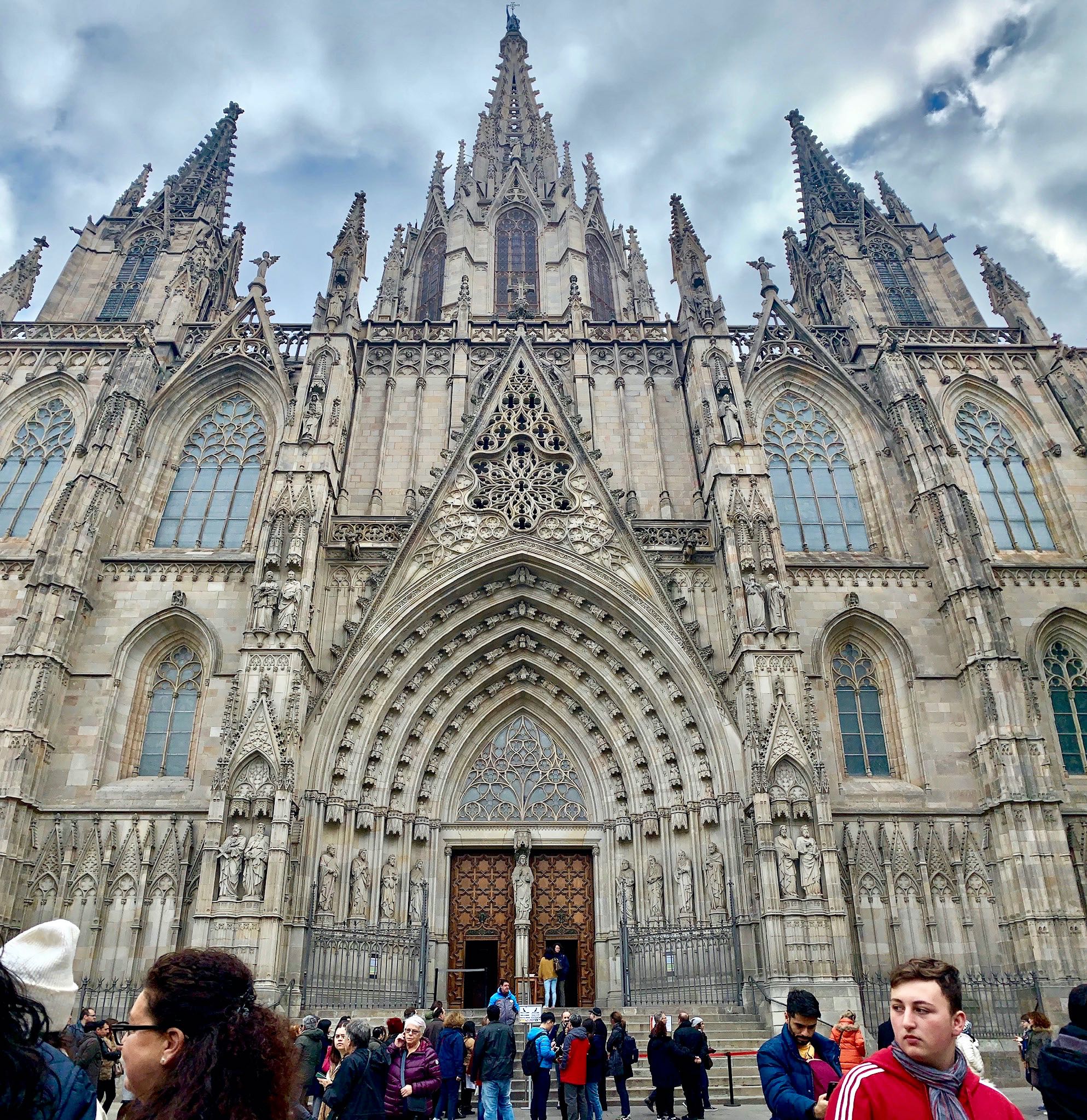
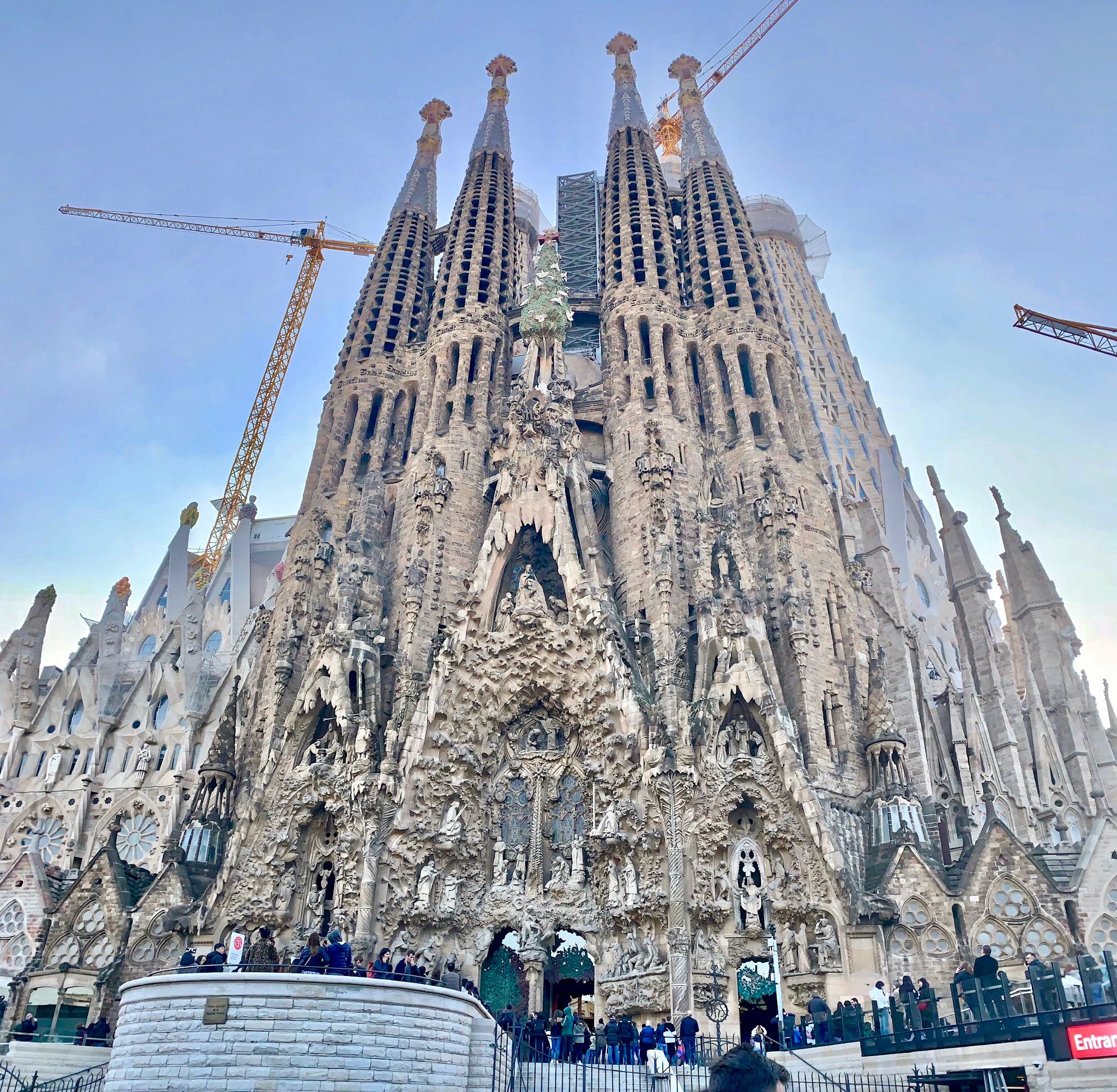
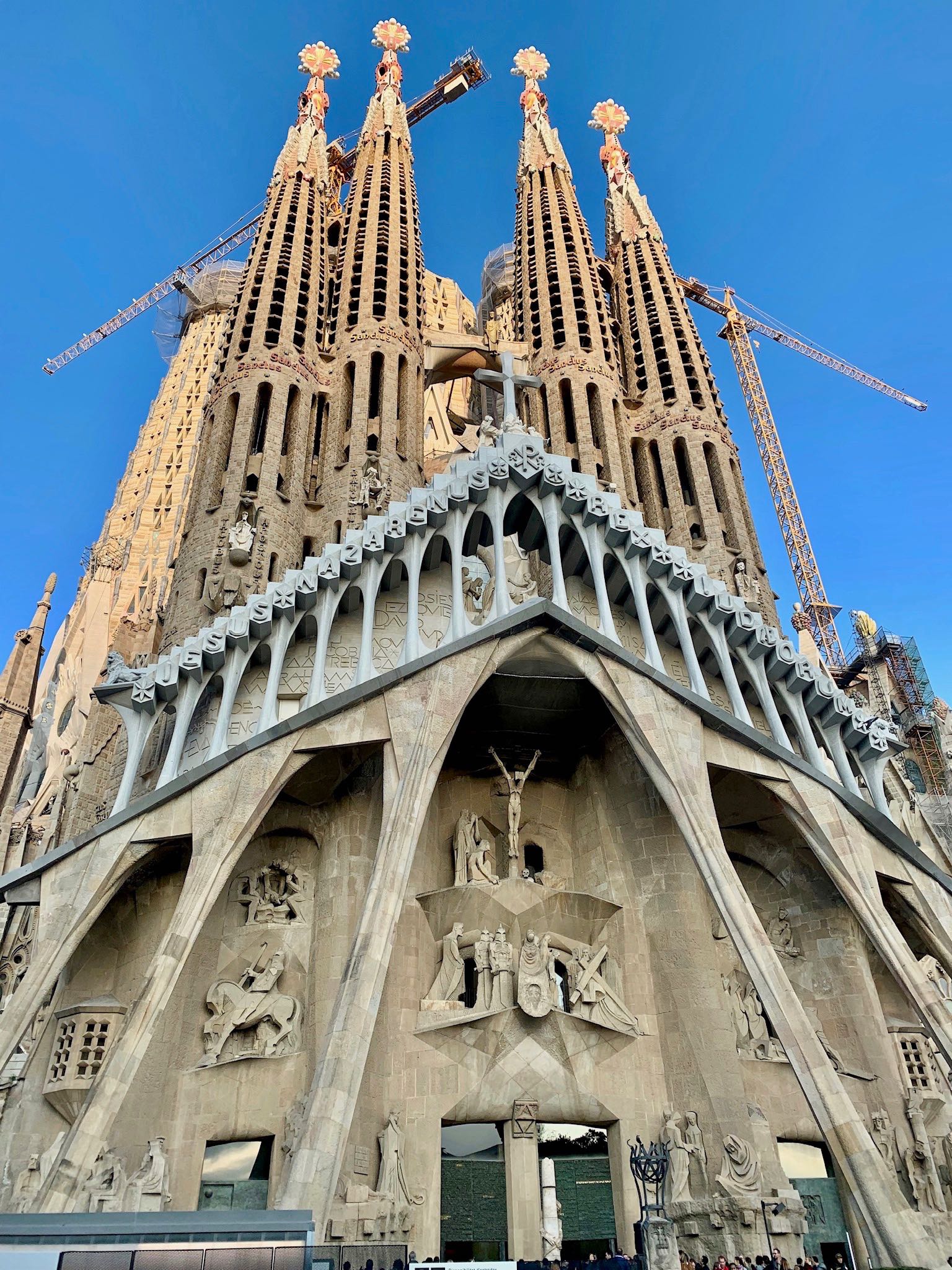
There’s not much to do in Barcelona at 7am; that’s when all the parties finally wind down! After killing a few hours working in a Starbucks, I kicked off the exploring with… a free walking tour through the Gothic Quarter. The experience couldn’t have been more different from Madrid. It was one of the most interesting and engaging walking tours I have ever been on, and I immediately regretted only having (again) one day in the city. The architecture is stunning, and there are other walking tours run by the company linked that focus on these more specific aspects.
Post tour, included more on-foot exploring with a walking tour friend (told you, they’re great for finding company!) punctuated by Maoz Vegetarian (the french fries are delectable), wading through La Boqueria market, and gawking at La Sagrada Família. I really wish I would have done by due diligence before hand and purchased tickets to visit the inside of Sagrada Família (purchase in advance). It is simply awe inspiring. I also recommend visiting the other architectural marvels of Gaudí scattered around the city (there’s a walking tour for that), and of course, visiting the beach. Fun fact: all the beaches were man made to impress foreigners for the 1992 Summer Olympics.
The Barcelona metro is very similar to that of Madrid, though I only found myself using it at the end of the day after I was sure I had stress fractured my feet from so much walking (again with giant backpack). If you plan to stay for several days there are again tourist travel cards that make more economical sense to purchase, otherwise single fairs are €2.40. There is both an airport line, and express bus to reach both terminals of the Barcelona Airport.
After two nights of no sleep, I caved and booked a hostel in Barcelona next to the airport since I had an early flight the next morning. I chose Airhostel Barcelona for their 24 hour front desk, and airport shuttle. A 4-bed mixed dorm ran €25 and the shuttle service was an extra €5. Free breakfast in the morning was a welcomed perk, the staff was extremely helpful (they dug through the bedroom trash at 5am for my passport for god’s sake!) and the accommodations were well-maintained.
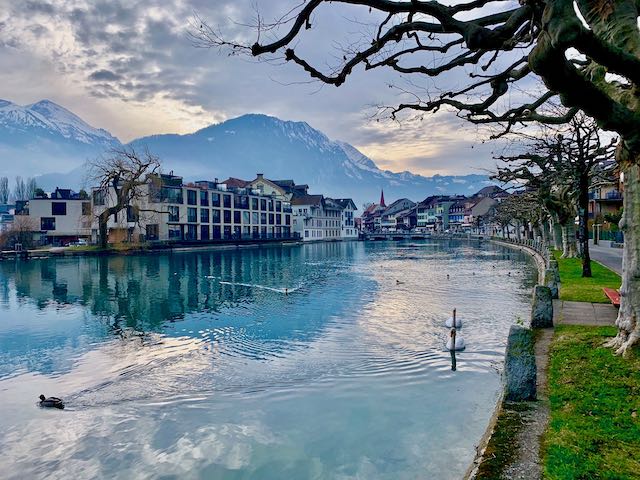
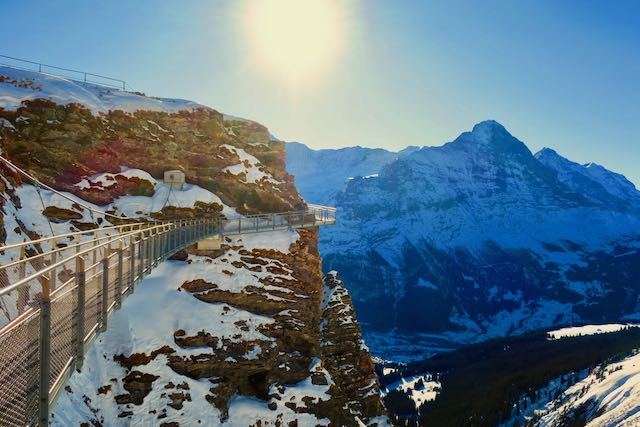
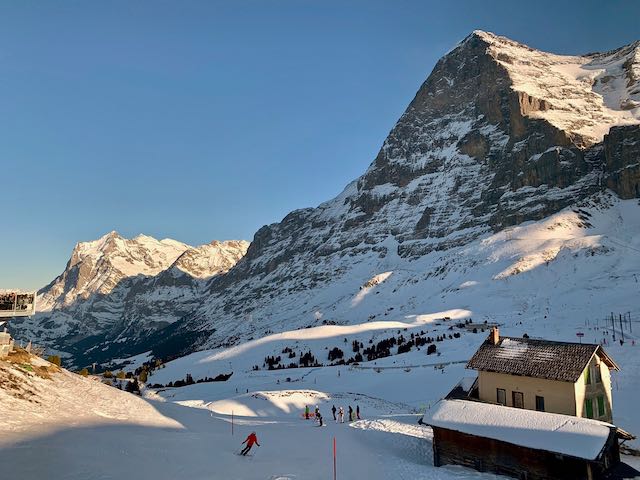
After the fun that was Spain, Interlaken was a sweet, sweet treat and rightfully my longest stay on this journey: 4 days. From Barcelona, I flew into Zürich, and took a train from Zurich to Interlaken. Specifically Zürich Flughafen to Interlaken Ost, with transfers in Bern and Spiez. The journey was about two hours and I paid 40 CHF.
This is simultaneously extremely easy and frustratingly hard. Easy: play in the mountains. Hard: there are so many flippin’ choices of which mountain and which activity. Thankfully, you can’t really go wrong no matter what you choose. I had two dedicated mountain playing days. Day 1 I took the gondola up to ‘First’ from Grindelwald and did the First-Waldspitz-Bort hike, which took about 3.5 hours with many stops for photos. However I went about this all wrong… Upon setting off I realized this was also a toboggan trail!! Much cooler, much faster. You can either bring your own or rent one at First station. This whole day gave me skiing FOMO so for day 2, I hit the slopes (very nervously!).
I again took the train from Interlaken Ost to Grindelwald, rented gear from Buri Sport and bought a lift ticket at grindelwaldSPORTS. From Grindelwald I caught the train to Kleine Scheidegg and skied the blue line (22/23) all day - after graduating myself from the warm up hill, that is - which takes you all the way back to Grindelwald. I’m very proud to say I only fell once, and loved every minute of it; from the long train rides up to my slow overly-snow-plowed runs down!
Less exhaustive activities included crossing the bridge from Interlaken to Unterseen and walking along the Aare river. Also, walking the path from town to Lake Brienz. I also heavily debated between doing the insanely expensive mountain observation decks (Jungfrau or Schilthorn), taking the rail car up to Harder Kulm, or booking a paragliding experience. Most surprisingly out of all of this - I skipped the Interlaken free walking tour.
I found there to be a surprising number of affordable hostels in Interlaken. The two big ones are Backpackers Villa Sonnehof (the functional one) and Balmers (the party place with no hot water). You can guess for yourself which one I decided to stay at. The Backpackers is a 15 minute walk from Interlaken Ost station, and 10 minutes into the heart of town. The space is quite large, and the few extra dollars/night is well worth having a hot shower, free warm drinks, free breakfast, linens, and towels. The facility has also has laundry, two self-catering kitchens, and very helpful staff members (they assisted me in planning a day of skiing - and offer discounts on ski rentals in Grindelwald.) Your stay also comes with vouchers for free access to the town’s public swimming pool, mini golf course, and local buses.
The town is extremely walking friendly, but if you’ve got noodle legs after skiing or hiking all day, the local bus will get you around town (free with your card from the Backpackers). If you’re getting out of Interlaken, there are frequent trains from either Interlaken Ost or Interlaken West stations. To get to most of the skiing, take Interlaken Ost to Grindelwald, a 30 minute (gorgeous) ride which is consistently around 10 CHF.
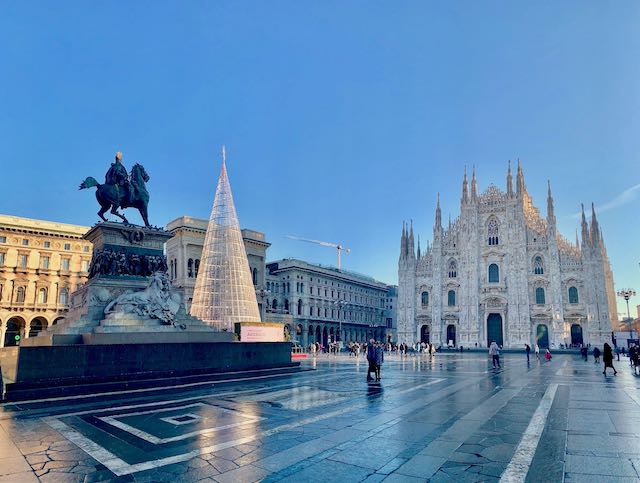
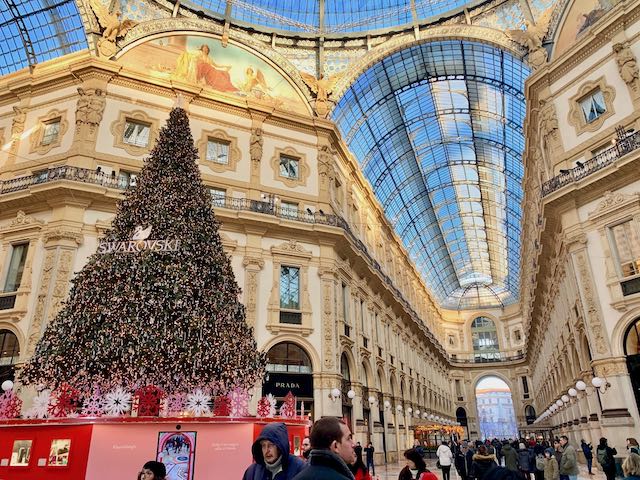
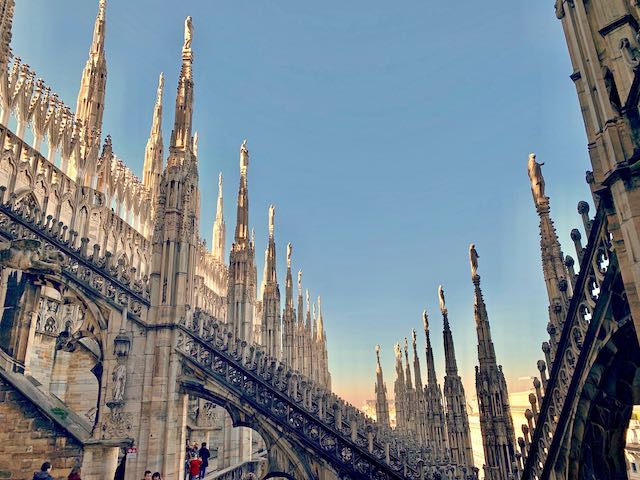
From Interlaken I took a 5 and a half hour Flixbus ride to Milan where I’d spend two nights. On our journey we stopped at Lake Como and I was infinitesimally close to bailing there instead and extending my nature fix. The bus ride costed about $20.
Milan was a random hodgepodge of activities, the only one of which that truly stood out was visiting the inside and rooftop of the Duomo. €13 felt like a bargain of a price for how long this place kept me entranced by its architecture, art, and underground museum. Getting up at the butt crack of dawn was worth the empty plaza and beating the inevitable crowds. Next to the Duomo is Galleria Vittorio Emanuele II, which is pretty to walk through but there’s not much for doing there, unless of course, you are wealthy. My other favorite stop was refueling at Piz for some authentic Italian pizza. Let me tell you, I’ve never felt so good about taking down an entire pizza by myself.
I killed some time walking through the substantially sized Cimitero Monumentale di Milano (Milan cemetery). Many of the tombs and headstones are more like pieces of art, and there are plenty of notable Italian figures to track down. Of course, I had to jump in on a free walking tour. I chose a slightly more obscure company off the bulletin board at the hostel, Follow Mi Around. If I had to do it again, I might choose one of the more popular options from Google. Two stops that stood out and merit a visit, tour or not, is 1: the Church of San Maurizio al Monastero Maggiore (free, unassuming on the outside, but adorned with stunning 16th century frescoes on the inside - plus a rendition of the Last Supper if you can’t visit the real one) and 2: the L.O.V.E. statue which is more enjoyable if you read some of the theories behind its meaning.
Oddly enough, the most vivid memories that I have from Milan center around the hostel. I stayed at Ostello Bello Grande, largely in part because it was relatively close to city center, which was reflected in the price. I remember being slightly disappointed at how few inexpensive hostels were actually in the city, but Ostello Bello Grande was a manageable middle ground at €25/night. Ordinarily I’d consider that a bit on the high end but there was a constant flow of free, heckin’ good food, and it’s damn hard to put a price on that! You’ll burn off a portion of all those carbs climbing the stairs to and from your room during your stay because the elevator is the size of a vertical casket. My 5 person room was modern and spacious with an en suite bathrooms and balcony too. You won’t need it, but they also have a self-catering kitchen, and a bar to grab drinks from during your free dinner buffet. The only downsides I experienced was the lack of laundry, and I wasn’t entirely convinced on the safety of the neighborhood as I walked too and from the hostel - I found myself looking over my shoulder more than I’d care to. Luckily it is only a 5 or so minute walk from the hostel to the metro station.
I used the Metro quite heavily in Milan. There are 24 or 48 hour passes for this scenario, otherwise single fare is €2. These are also accepted on the city buses and tram. There are several options for moving between the city center and the airport, none of which are very convenient due to how far out the airport is. I chose to take the train which is about an hour long journey. More options are described here.
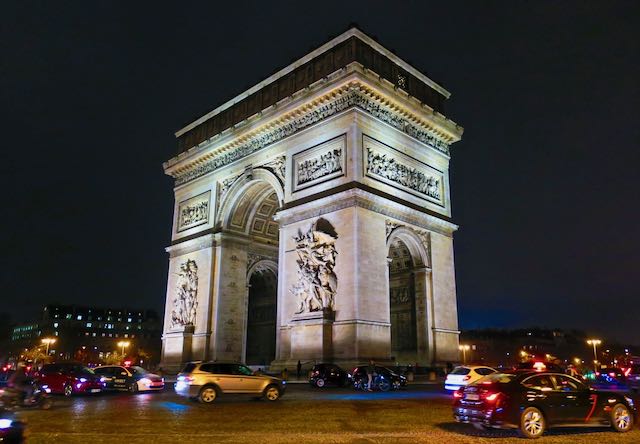
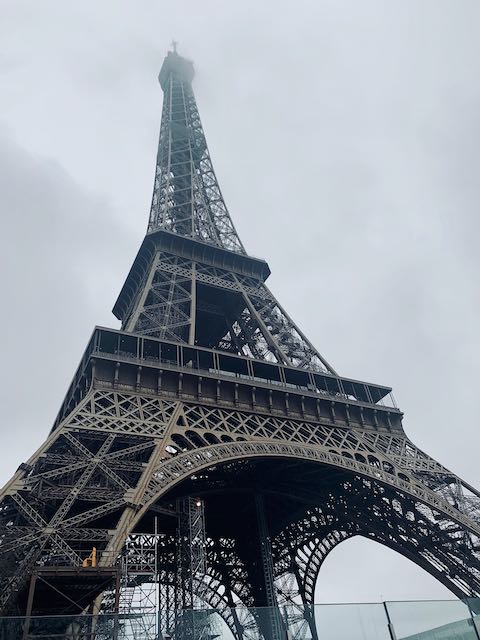
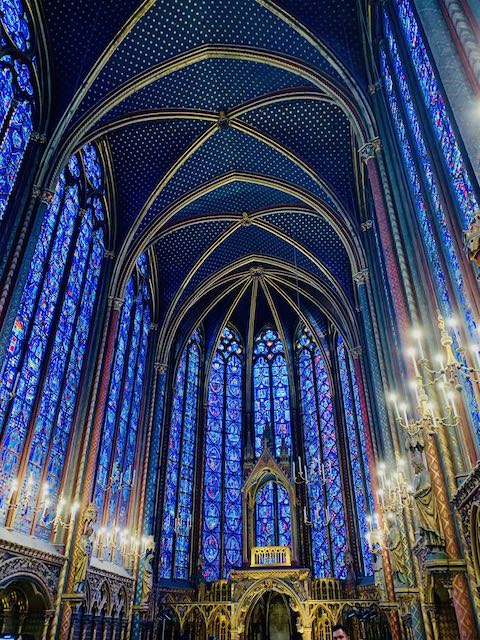
I have a deep respect for how committed the French are to protesting; their transit strike greatly impeded my ability to race through the city - mission accomplished. My feet weren’t ready for Paris (but my stomach was). Inbound, I was able to catch one of the few RER trains into the city from CDG. There are (normally) both regular trains and express trains. The main inner city exit stations are Gare du Nord and Châtelet Les Halles. That’s where my luck ended though. I attempted to transfer lines, but was swiftly reminded how disruptive this strike was then the train blew past my station, leaving me with a 30 minute late night walk to the hostel.
Having not learnt my lesson from the night before, I attempted to take the metro to the Sainte-Chapelle for day 1 of exploring. Of course, that ended up being a wasted metro ticket and a long ass walk. But well worth it; of all the pretty churches I’ve visited, the Sainte-Chapelle takes the #1 spot in a landslide victory. The admission ticket ran €11.50 but I spent a bit more in the gift shop - there’s a nice array of locally crafted keepsakes. Next was the Paris free walking tour, which I definitely recommend if you’re not in the city long. It covers a lot of ground, and you learn some great tidbits about the city, like the fact that the glass pyramid of the Louvre is not aligned with the other monuments on the Historical Axis.
I added four stops after the walking tour: Saint-Étienne-du-Mont (a church), the Pantheon, the Eiffel Tower, and the Arc de Triumphe. Saint-Étienne-du-Mont was a free visit and is next to the Pantheon. Sainte Genevive is buried there, in the most ornate casket I’ve ever seen, giving me a blueprint for what I want my casket to look like. I can’t remember why I decided to go to the Pantheon but I spent a decent chunk of the there between the art, the giant mesmerizing pendulum, and the crypt. There you’ll find the tombs of Rousseau, Voltaire, and Victor Hugo to name a few. I didn’t interact with the Eiffel Tower or the Arc de Triumphe other than walking around them; they were both mind boggling to look at up close, in entirely different ways.
The quick jaunt in Paris ended with a short stint to Versailles to visit the Palace. With the transit strike, I used Uber to get to Versailles and back (to CDG). A basic palace ticket is €18, which can easily entertain you for a better part of the day. I recommend picking up an audio guide as you make your way into the palace - it made for a much more interactive experience.
There are an innumerable number of places to stay in and around Paris. I’ll keep it brief given I didn’t feel strongly in either direction about my stay at Les Piaules. In theory, it’s close to at least two Metro stops on the northeast end of the city. I appreciated the spacious bathrooms and bar/kitchen to order light meals from.
A bit of a moot point at the time… While it was possible to cover decent ground on foot, utilizing the Metro (when functioning) is obviously the way to go. In normal times, individual Metro tickets are just €1.90 and cover the entire city. There are also options for unlimited 1, 2, 3 and 5 day passes. RER trains are express trains that serve the outer city suburbs, CDG, and Versailles.
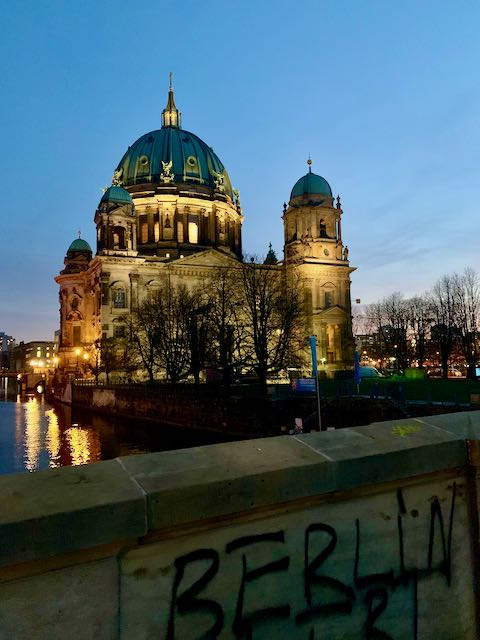
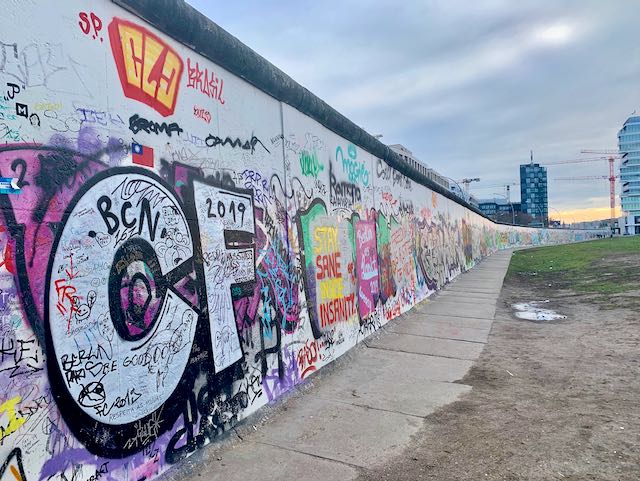
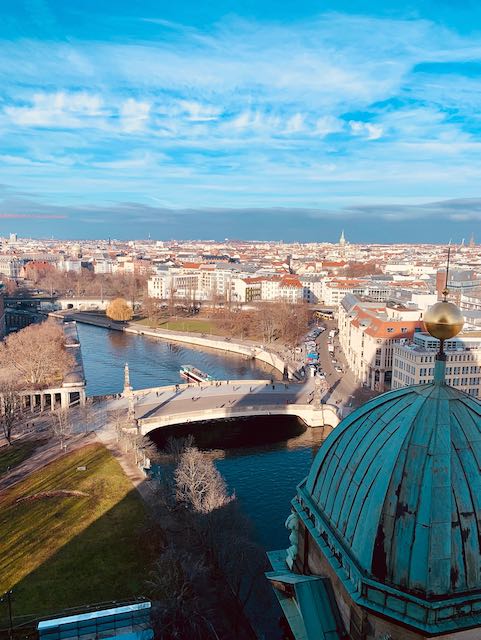
On to Germany (Berlin, specifically) and I was a bit reluctant to be frank. My peers had given me the impression that Berlin was a giant never ending party - totally not my scene. Perhaps it was a one-off, but man, they couldn’t have been more wrong (much to my enjoyment)! Berlin was quiet, calm, and intentional. A breath of fresh air after the bustle of Paris.
Second only to Barcelona, the Berlin walking tour was quite phenomenal thanks to the city’s heartbreakingly vibrant history (coming from a person who has never taken much of an interest in history). The tour gave way to purchasing way too much Ampelmann merch, consuming copious amounts of pretzels, and rounding out the day in true Berlin fashion with a visit to the Spy Museum. At only €12 a ticket (€8 for students), it’s both a few hour’s worth of entertainment and a complete immersion into a worldview that ruled the city not so long ago.
Of course, you can’t say you’ve been to Berlin without seeing the Wall. To check this box, I visited the East Side Gallery on day 2. At 1.3 kilometers, it is the longest remaining section of the Berlin Wall, which was immediately turned into art after the Wall fell in 1991. Make sure to see the well knowns like Dimitri Vrubel’s Lord Help Me To Survive This Deadly Love, Jolly Kunjappu’s Dancing For Freedom and Kani Alavi’s It´s Happened In November. A quick visit to the Berlin Cathedral (€7, don’t forget the dome!) polished off the Berlin crash course.
At this point in the journey I was no longer riding solo and it made sense to do hotels rather than hostels. The Weinmeister Berlin-Mitte was a really fun boutique hotel to stay in, the big perk being an awesome rooftop hot tub. The location is super central as well, which allowed us to do our two days fully on foot.
See above. Leg power was quite doable, but given it’s Germany, the U-Bahn transit system is second to none. Note that Berlin is organized into 3 tariff zones, with the city center all within zone A. The single fair tickets are on the more expensive side starting at €2.90, but there are reduced tickets (€1.90) available for short journeys (3 metro stops or 6 bus stops).
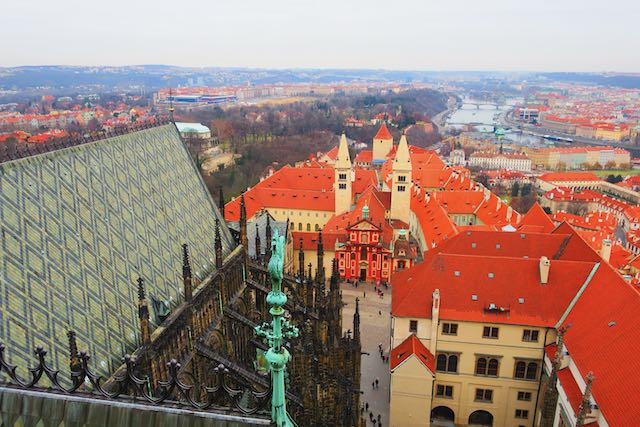
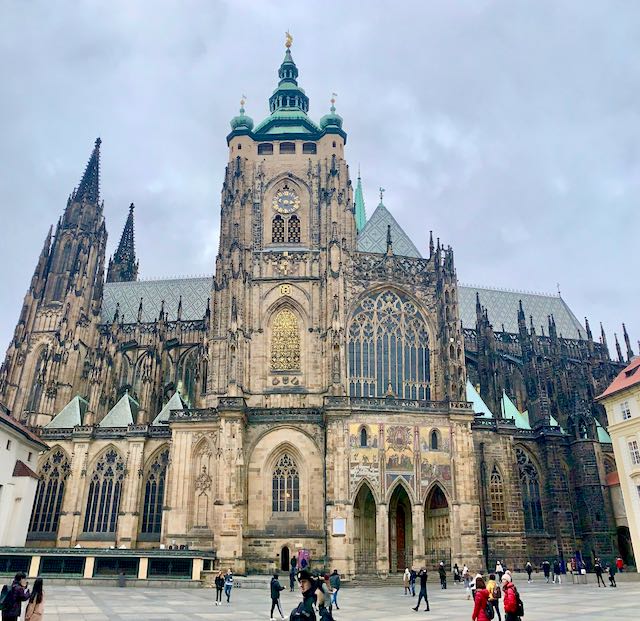
Having been wickedly distracted by the Berlin Cathedral’s beauty, there was an absolutely mad dash to catch our train from Berlin to Prague. Germany is not a good place to be running late. Uber drivers will not run yellow lights, or speed in the slightest to do you a solid. I suppose it fits with the whole ‘restless’ thing - we made it with no less than 30 seconds to spare.
Prague is quite fun after several classicly Western Europe countries, both because of the different culture, and how far your dollars will go! Even so, it was only right to start again with a free walking tour. Maybe I got unlucky with the tour guide, but of all the cities, the Prague tour is the one I would have skipped in hindsight to have more exploring time. With only 1 full day in Prague, the only other things I was able to squeeze in was a stop to the Lennon Wall and St. Vitus Cathedral. Don’t be a dummy like me and arrive to St. Vitus Cathedral too close to closing, or they won’t let you in the main part of the church (still bitter).
Don Giovanni Hotel served as the recuperation site, and man did it deliver! Hot tub, saunas, and massages. Need I say more? Yes, yes I do need to say more. Here, I encountered world’s hottest sauna. I, master of saunas, could only stay in there for maybe ten minutes. Mad respect for the Czech people…
The Prague Metro system is a little bit archaic in that it still relies on the honor system in so much as buying the correct ticket, and validating it accordingly. The pricing system is interesting as well, working on a time basis: 24 CZK for 30 minutes, up to 310 CZK for 72 hours. Tickets can be purchased at the platform, or by SMS and work for the metro, tram and bus system.
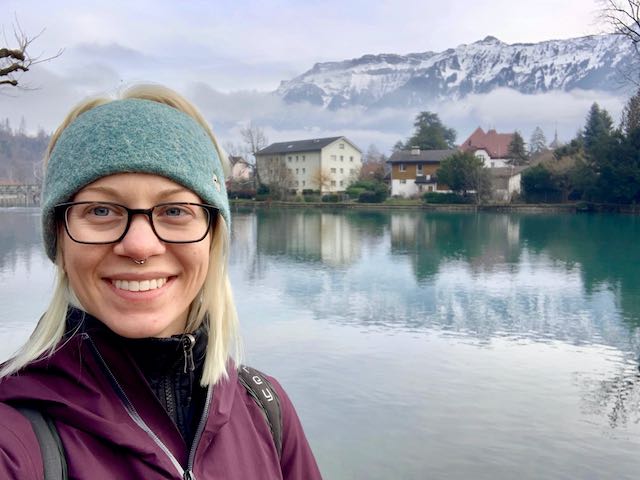
All my gratitude to the paths crossed and hospitality shown along the way.
